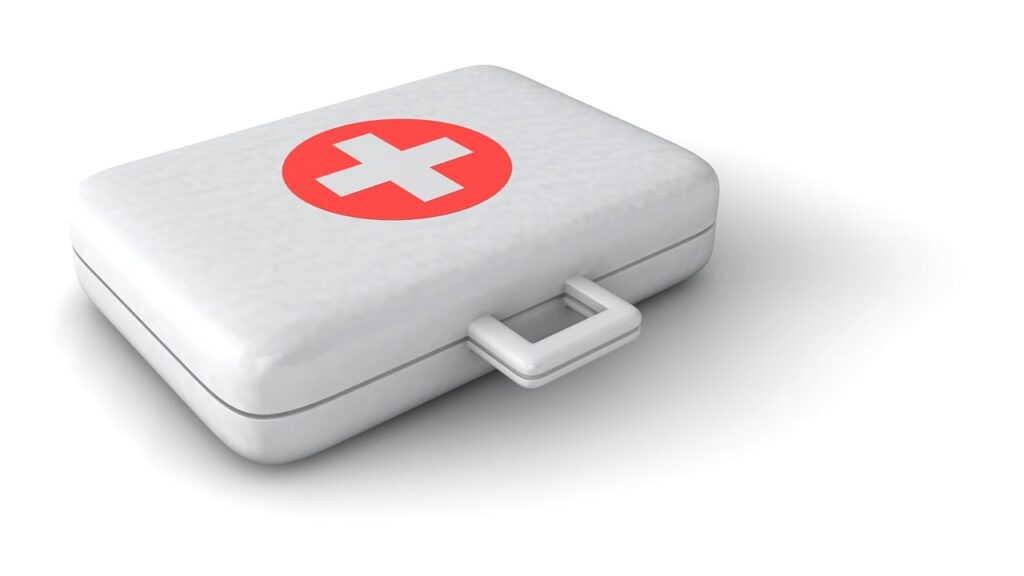Course summary

This course has been like a first aid kit in terms of dealing with major incidents. It has explained why and how initial psychosocial responses are to be applied in response to a major incident. In addition it looks at how pre-incident preparedness by prioritising the physical safety of survivors along with an effective response from emergency services can significantly aid survivors recovery.
The importance of building on survivors existing abilities and strengths is also key in maximising their individual capabilities to cope with the impact of exposure to a major incident.
Quickly building rapport and gaining the trust of survivors at the time of the initial contact with responders means they are more likely to accept help when needed. Alleviating feelings of worry and distress by offering comfort and safety, particularly where survivors have missing family members, is of critical importance.
The likelihood of survivors having strong reactions reflective of exposure to abnormal experiences while also understanding that most survivors can return to a stable state, has also been presented.
Gathering precise information so the priorities of survivors’ needs are addressed is also highlighted. Practical support as a key aspect of initial responding, restoring a sense of hope and the dignity of survivors by enabling them to meaningfully help themselves, has also been identified. Further to this, linking survivors to sources of social support helps by rebuilding emotional wellbeing.
An understanding of the differing impacts for survivors of experiencing either a natural or human caused major incident is also vital for those involved in pre-incident preparedness.
Finally, some myths and misunderstandings about the behaviour and perceptions of those caught up in major incidents are also explored so that effective planning is not undermined.
Course aims recap
- Explore some of the initial psychosocial responses there might be.
- Discover ways to contact and engage with survivors.
- Learn about how to meet adult, children and young people’s needs for safety, comfort and security.
- Explore ways of creating feelings of stability and how to gather information.
- Find out more about providing practical aid and how to link survivors with social support.
- Consider the differences between natural and human causes of disaster.
We would also like to draw your attention to the various links to practical resources and further information about issues we have covered in this course within the Materials section which you can find on this course’s home page.